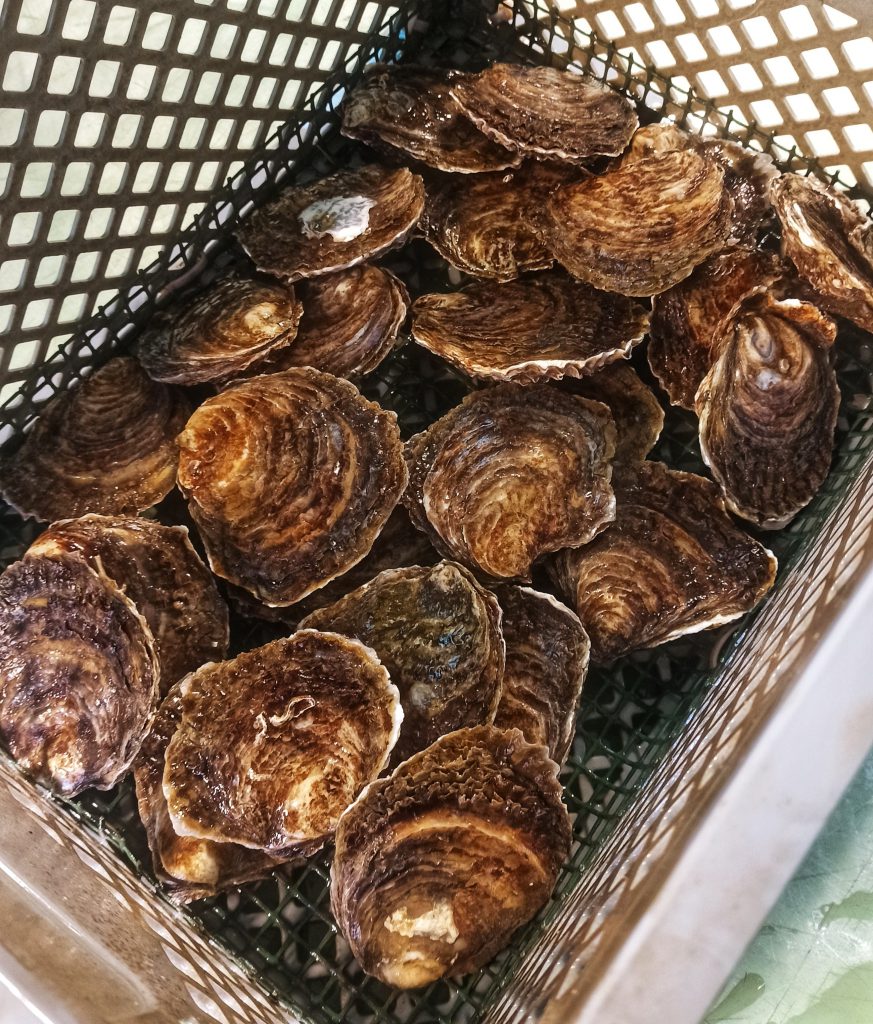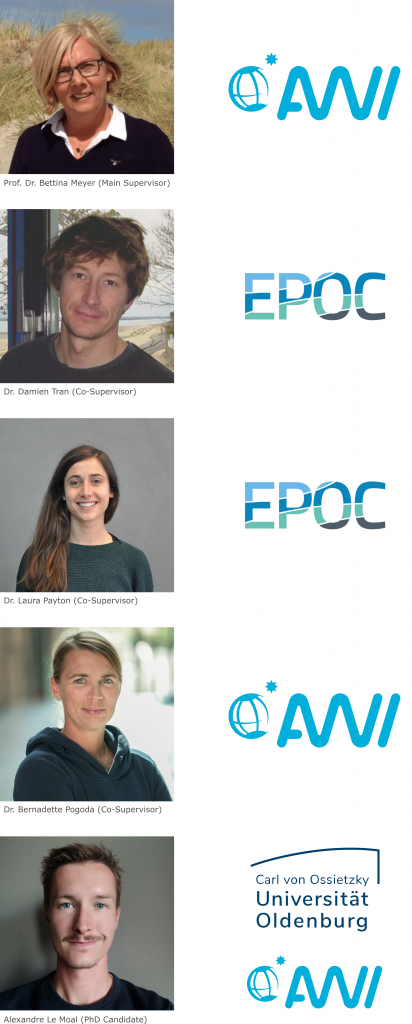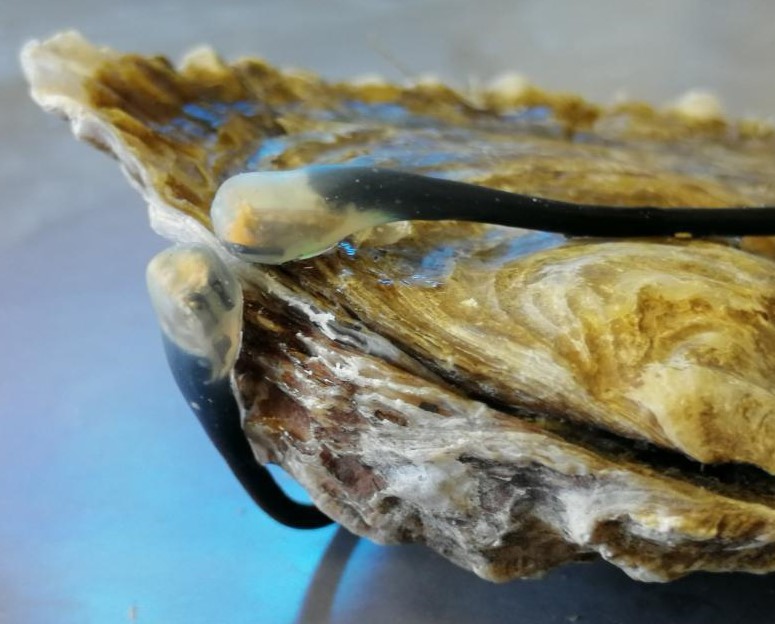Background
The seasonal recurrence of biological processes (phenology) and its relationship to environmental change is recognized as being of key scientific and public concern. In current studies it is however largely overlooked that phenology is based on biological time-keeping mechanisms. In a seasonal world, precise timing of annual processes such as reproduction, migration, growth, or body reserve accumulation etc. is essential for survival and reproductive success. Accordingly, organisms have adapted to align with the periodic predictable changes that are caused by geophysical cycles.
In marine organisms in general, only little is known about the principles of endogenous clocks, and how these clocks interact with environmental cycles and mediate important physiological traits. To assess the resilience of these species to climate change and hence to understand their population shifts in the future, we have to achieve a mechanistic understanding how basic life function traits are controlled by geophysical cycles (light/dark, tide and lunar cycle), which will not shift in a changing environment caused by the anthropogenic warming.

Against this background our project will focus on the European flat oyster, Ostrea edulis, a species capable of forming oyster reefs who allow a biodiversity enhancement. This species was once widely distributed in the subtidal of the North Sea but the industrial harvesting (e. g. dredging) in the 19th century caused a strong decline in abundance of the species and the loss of species-rich oyster habitats. The recovery of sustainable and stable populations will need decades and a true understanding of their resilience to climate change is pivotal for the resettlement success of the European Oyster in the German North Sea. So far, our knowledge on the general biology of O. edulis is rudimental and focused mainly on reproduction aspects. However, studies on chronobiological aspects, such as the timing-keeping of physiological traits in O. edulis do not exist.
Approach
We will implement our goals within four tasks to compare the behavioral and molecular rhythms in the lab and in situ:
Two tasks at the Arcachon marine station (France) to understand the behavioral and the molecular response of Ostrea edulis under laboratory controlled light regimes:
1) Characterization of the circadian core clock genes and clock-associated genes
2) Mechanistic characterization of the circadian clockwork
And two tasks to understand the behavioral and the molecular response of Ostrea edulis in the field in Helgoland (Germany):
3) In situ investigation of behavioural and growth rhythms at daily, tidal, seasonal and annual scales
4) In situ investigation of molecular clockwork oscillations at daily, tidal, seasonal and annual scales
To study the behavior of oysters, we use a biosensor called the HFNI valvometer (High Frequency Non-Invasive) to record the behavior of several oysters simultaneously and continuously in the laboratory and in the field. With lightweight electrodes we can measure the gap between the valves and thus measure the oyster valve activity. Valve activity in bivalve is closely related to physiological processes (nutrition, breathing, reproduction, etc.). Thus, this will allow to identify natural biological rhythms of O. edulis in the laboratory under controlled conditions and in the field, under specific geophysical cycles, such as daily, seasonal, tidal and lunar cycles.
Flat Oyster Clock Researchers


